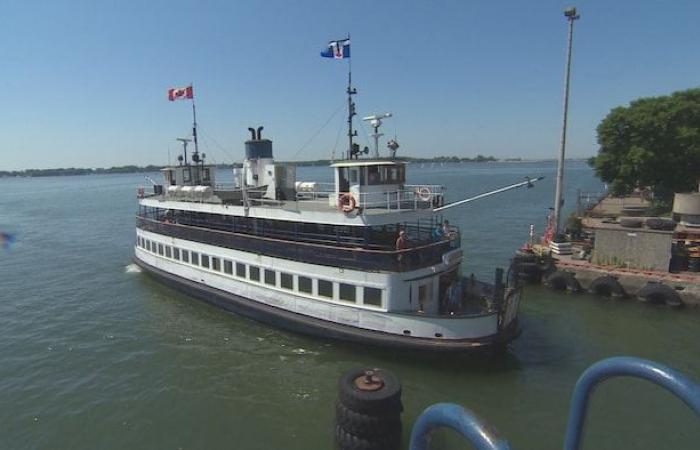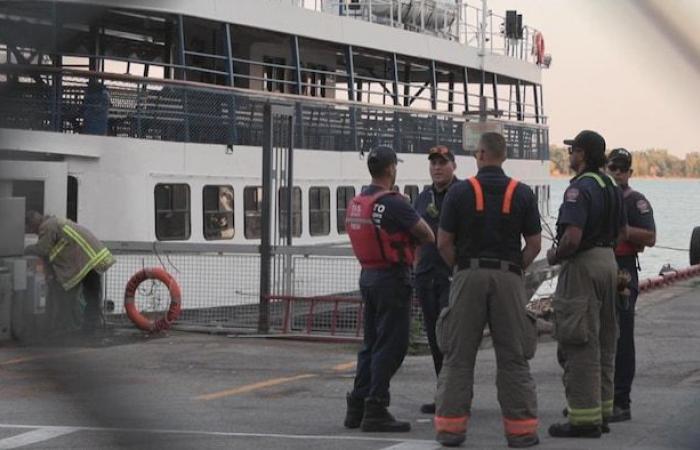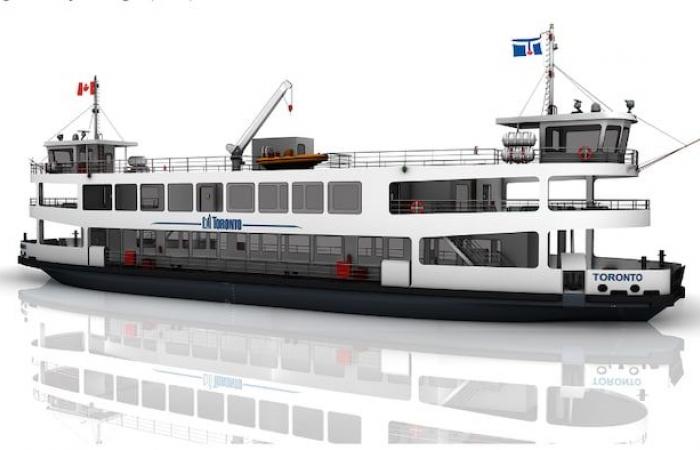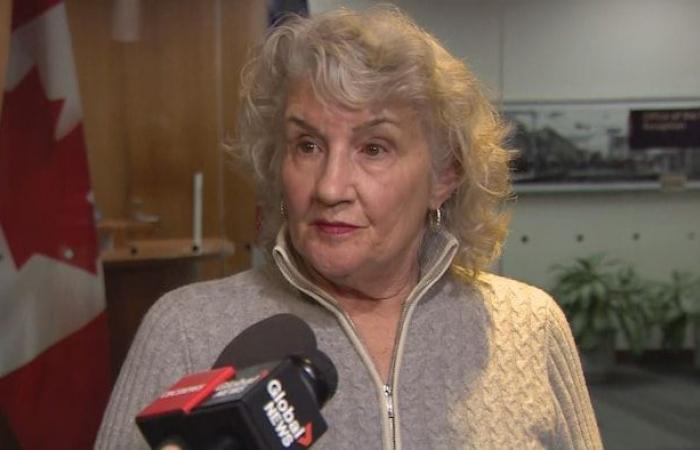The mayor of Toronto, Olivia Chow, launched a charm operation with citizens about the metropolis’s ferries, repeating that they were safe despite numerous problems that have affected the fleet in recent months.
Ms. Chow admitted that she had become more involved in managing the issue because she said she was concerned that major accidents related to safety and maintenance risk shaking citizens’ confidence in the reliability of the service
.
Ms. Chow’s exit comes days after the head of the department that manages the ferries appeared before a municipal committee at the invitation of the mayor to explain recent improvements that have been made to the fleet of boats.
I want to reassure Torontonians that ferries are safe
Ms. Chow said on Friday.
Open in full screen mode
Toronto Mayor Olivia Chow at a press conference on July 17, 2024.
Photo : Radio-Canada
As soon as I learned about the situation, I said to myself, ‘We need to have more support, more employees, new boats. I am happy that electric ferries have been ordered
she added.
Toronto’s ferries serve 1.4 million passengers a year and their performance has come under scrutiny following several safety-related accidents.
Decommissioning
The reliability of the four old boats has also been called into question after lengthy power outages knocked some of them out of service earlier this year.
The crew of the William Inglis had to make an emergency stop last month after hitting the wharf, a situation the City attributed to a mechanical problem
.
No one was injured, but the ferry was dry docked until an undetermined date. The City confirms that the boat has still not been returned to service, because the investigation has not been completed.
Open in full screen mode
According to the City, 1.4 million passengers use the city’s ferries each year.
Photo : Radio-Canada / CBC News
In June, two ferries, the Thomas Rennie and the Trillium, were taken out of service due to an urgent need for repairs, prompting the city to warn passengers to be patient due to delays or to choose other means to get to the islands or even cancel their trip.
The most notable accident was undoubtedly that of August 20, 2022, when the Sam McBride collided with the dock, injuring 20 passengers, 6 of whom had to be hospitalized.
A Transportation Safety Board investigation concluded that several safety-related failures contributed to the accident
.

Open in full screen mode
Emergency services had to be called to the Jack Layton Pier in downtown Toronto following a collision involving the William Inglis ferry in early September 2024.
Photo : Jacob Estrin/CBC
The interim general manager of the Department of Parks, Forestry and Recreation told the committee this week that his staff had implemented the bureau’s recommendations to address concerns the 2022 collision had raised.
Around sixty additional employees (staff and crew) have since been hired, additional life jackets have been added on board the boats and changes have been made to safety-related lighting and displays.
Operating a reliable and safe ferry service remains the City’s priority, which includes meeting mandatory safety criteria.
explained Howie Dayton to the committee.
Expenditure of 92 million
The City has a ferry fleet, whose age ranges from 61 to 114 years, an average above industry standards.
The city council approved the purchase of two new electric ferries worth 92 million this summer, but the two boats will not be delivered until the end of 2026 or even early 2027.
The City began the process of replacing its fleet in 2015, but council repeatedly modified the specifications of the ferry model it wanted, which explains the increase in the purchase price.
In July, the department revealed to city councilors at the time that the cost would be $25 million when the budget question came up in 2020.
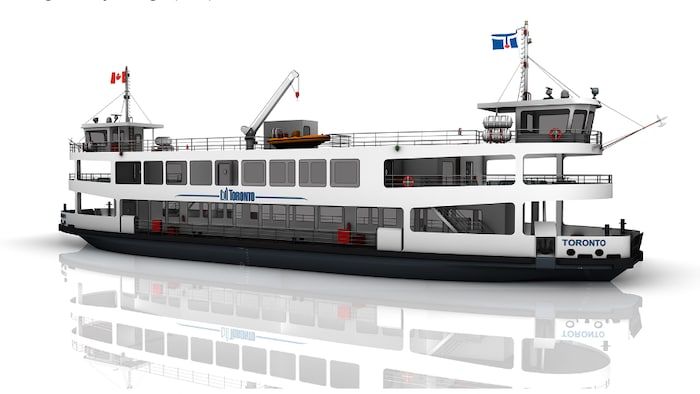
Open in full screen mode
Prototype of the new PAX electric ferry model, which must have a capacity of 1,300 passengers.
Photo: Screenshot – City of Toronto website
Longtime councilor Paula Fletcher says she remains concerned about the frequent blights plaguing the ferries and hopes the service problems have not eroded public trust.
All our attention remains focused on the service until we receive the new ferries
she said.
Supervision in terms of maintenance, mooring and crewing has increased, I would say, by 150%.
she continues.
Ms. Fletcher says big changes are on the horizon for how the city manages service and keeps its fleet on the water.

Open in full screen mode
City councilor Paula Fletcher thinks Toronto’s ferry service should fall to the city’s Transportation Department, not Parks, Forestry and Recreation.
Photo : Radio-Canada
According to her, the ferry service should be under the jurisdiction of the transport department.
It’s one thing to buy a ferry ticket, it’s quite another to transport passengers on the water
says Ms. Fletcher.
The transport department should therefore take care of it as it already does for ambulances, garbage trucks and any other vehicle fleet.
she concludes.
The union representing ferry crews said earlier this week that it was concerned about the level of staffing and the level of training and that the responsibility lies with the City.
Keith Fiering, of Local 79 of the Canadian Union of Public Employees, says the city’s decision to purchase new boats cannot be a reason to skimp on adequate training and efficient operation of the service.
This is a problem that has nothing to do with the age of the ferries, but rather the management of a fleet of boats. You cannot acquire a new boat, add a crew without up-to-date training… without asking yourself if it is safe
he asks himself.
With reporting from CBC’s Shawn Jeffords


